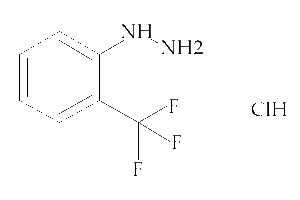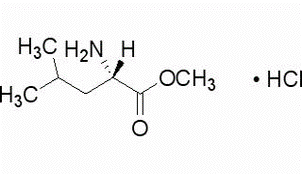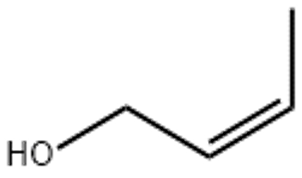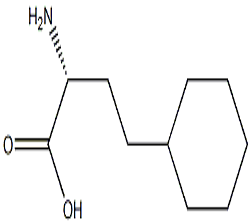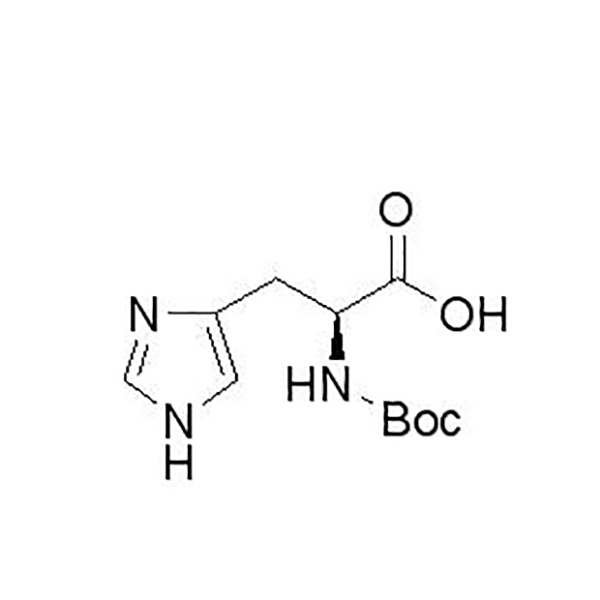2-trifluoromethylphenylhydrazine hydrochlroide(CAS# 3107-34-4)
| Hazard Symbols | Xi – Irritant |
| Risk Codes | R20/21/22 – Harmful by inhalation, in contact with skin and if swallowed. R36/37/38 – Irritating to eyes, respiratory system and skin. |
| Safety Description | S26 – In case of contact with eyes, rinse immediately with plenty of water and seek medical advice. S36/37/39 – Wear suitable protective clothing, gloves and eye/face protection. S22 – Do not breathe dust. |
| UN IDs | 2811 |
| HS Code | 29280000 |
| Hazard Class | IRRITANT |
Introduction
hydrochloride is an organic compound with the chemical formula C7H6F3N2 · HCl. The following is a description of its nature, use, preparation and safety information:
Nature:
-Appearance: White solid
-Melting Point: 137-141 ℃
-Solubility: Soluble in water, alcohol and Ketone solvents
Use:
hydrochloride has a variety of applications in chemistry and medicine:
-It can be used as a reagent in organic synthesis, for example, as a ligand in transition metal catalyzed reactions, and participate in the catalytic process of organic synthesis reactions.
-can be used for the synthesis of heterocyclic and substituted heterocyclic compounds, such as pyrazole derivatives.
-In the field of medicine, the compound is studied for the development of anti-tumor, anti-virus and other drugs.
Method:
hydrochloride can be synthesized by the following steps:
1. First, O-diaminobenzene is reacted with trifluoroformic acid to obtain O-trifluoromethylphenylhydrazine.
2. Then, by reacting with hydrochloric acid, hydrochloride is generated.
Safety Information:
The relevant safety information of hydrochloride also needs to refer to the relevant chemical regulations of each country or region. When handling and using this compound, you need to pay attention to the following:
-Avoid inhalation, skin contact and ingestion and wear appropriate personal protective equipment.
-Ensure good ventilation during operation to avoid dust and steam.
-Should be stored in a dry, cool place, away from fire and oxidizing agents.
-Comply with relevant regulations and safe operating procedures, and store and handle properly.


